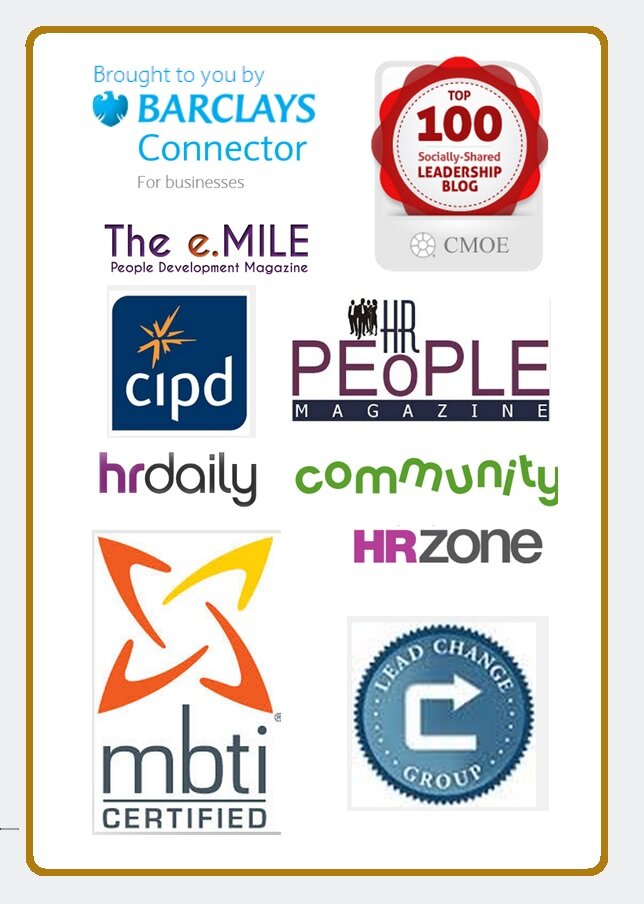 Mind-set – The Winning Factor
Mind-set – The Winning Factor
It’s been a pretty stressful week, and one of the factors which have made it so has been the work I am doing with my daughter helping her set up her online fashion store. There are a number of factors making the process stressful, not least the damning data which show 50% of start-ups fail within 2 years of launching according to Theo Paphitis reported in the Guardian earlier this month. For me, it’s another venture, for my daughter it is the risk a culmination of 12 years of dreaming might not materialise.
Donna, my daughter has been in the fashion retail business for around 12 years and has dreamt of setting up her own store for years now. For a number of reasons she decided now is the time. Not least because I am now in a unique position to be able to lend some much needed support. So a few weeks ago Sophias Studio was born and we’ve both been excited and enthused about the vision and possibilities this new venture opens up for us. Until this week, when we seemed to hit a real sticking point.
Paphitis contends such a high percentage of new business fail because the owners either haven’t researched their subject properly or they don’t know where to get the right kind of funding, but mainly it’s because they haven’t done their homework and they simply don’t under entrepreneurship. This is one of the reasons Paphitis is a “passionate advocate of teaching entrepreneurship in schools”
We were pretty sure we’d done our homework, and our vision and plan is pretty sound, so when we hit a wall, which we always knew we would, I couldn’t understand how it became so stressful suddenly. After all when you’re riding the tide of enthusiasm and optimism, every risk and every problem seems so small in comparison to achieving your vision.
As a solution orientated person, and knowing how passionate Donna is about her business, I was mystified why suddenly everything became such a huge problem. The crux came like a wave; the murmurings of dissatisfaction began first, followed by a full blown crisis, and several hours of discussion later, I realised fear had entered the equation.
Of course fear enters when something we want to do almost matters too much. It might be the fear of failing, the fear of losing one’s lifelong dream, or even simply the fear of the unknown future.
The whole process reminded me acutely the right mind-set is essential and if the lobby for teaching entrepreneurship in schools is successful, I believe we will empower our children to be able to gleefully experiment with their dreams, goals and vision in a new and exciting way.
Donna and I got over our sticking point after a couple of wobbly days, and here are some of the mind-set factors which helped us to get to a new place of enthusiasm and purpose about this wonderful new venture, which I hope can help any of you who might be hitting problems, or are just feeling plain scared.
- Keep your passion while being emotionally neutral about outcomes
Although I could record (and do) many successful ventures in my life, I also remember too well a particular project I was involved in, which despite it all, should have been eminently successful, simply failed. I resisted and raged until I realised it was an almighty lesson for me to LET GO! Once I let go, the failed project was wrapped up and buried within weeks. One of the problems with things not turning out the way we passionately want or expect is we become afraid of the disappointment and so we become afraid to dream. The trick to remaining passionate, while letting go of the outcome, is to realise the gold is in the journey and not the destination. It’s all really a win/win. You are either manifesting your dreams or learning why you aren’t; it’s simple really.
- The devil is in the detail
We simply can’t know all the detail in advance. When starting a new venture unless it’s a well-worn path you’ve trod many times, it’s also going to be a learning curve. Once you accept this truth, you become much less wedded to how things should be turning out at each corner. Yes, of course you need a plan, and yes, you need to be optimistic you are going to be able to access the right resources, make the right margin, get the right help and team etc. etc. But when any of these factors either doesn’t stack up or don’t appear to be what you first thought, simply ask your intuition to help you move forward. Having to know all the detail can be risky because it can close down the possibilities.
- Hitting problems just means you have to learn some more
One of the biggest mistakes is believing when you hit problems, it’s an indicator your worst fear might materialise, i.e. the project or business is going to fail. If you can honestly believe there is always a solution, and it simply hasn’t entered your awareness yet, means you can view problems with a greater level of equanimity.
- Pretending the project, start-up or piece of work is for someone else can keep you focused
I wasn’t surprised the fear hadn’t hit me in the same way as my daughter. The reason for this is because the idea isn’t mine it is hers. It’s not that I don’t care, don’t believe, or have disowned whether the business will be successful or not, it’s because I haven’t vested 12 years of dreaming about it. I dearly want the venture to succeed because I know it matters to her. I have also found I am much more focused, objective and uncircumspect when it comes to helping others be successful. I realised this when I started up my own business. It sounds odd, but when I pretended I was setting it up for someone else, I was able to focus in a much more positive way.
- Never concern yourself with what others are doing; your own vision is good enough
There are billions of people, businesses and ideas in the world. One of the scary parts of starting a business or project is comparing, evaluating or concerning yourself with what others are doing. I am not saying you don’t need to understand your competitors, and of course you have to understand your market. But if you know there is a need, and there is a market, what you need to concern yourself with is your own vision, how you can uniquely help your customers and how well you can do it. You need to understand why you are enthused about your idea, and return to your reasons again and again.
Practicing these mind-set short cuts can help in any situation, whether it’s a job, a business or a project. If you have any other minds set tips and hints, then go on add a comment below.
We are back on course with Sophia’s Studio, until the fear hits again! If you want to have a peep at what we are doing, we’d love you to come like our , we would very much appreciate it!
If you are a leader, you are continually developing and "Sharpening the Saw". If you lead and manage teams, then you must read about our Inspirational New Leadership Programme. Sign up now to find out more details when we launch in July 2014. There is no obligation to undertake the programme, if you sign up today, you will simply be sent more information about the programme. You can unsubscribe at any time! Click below to register for further information.











